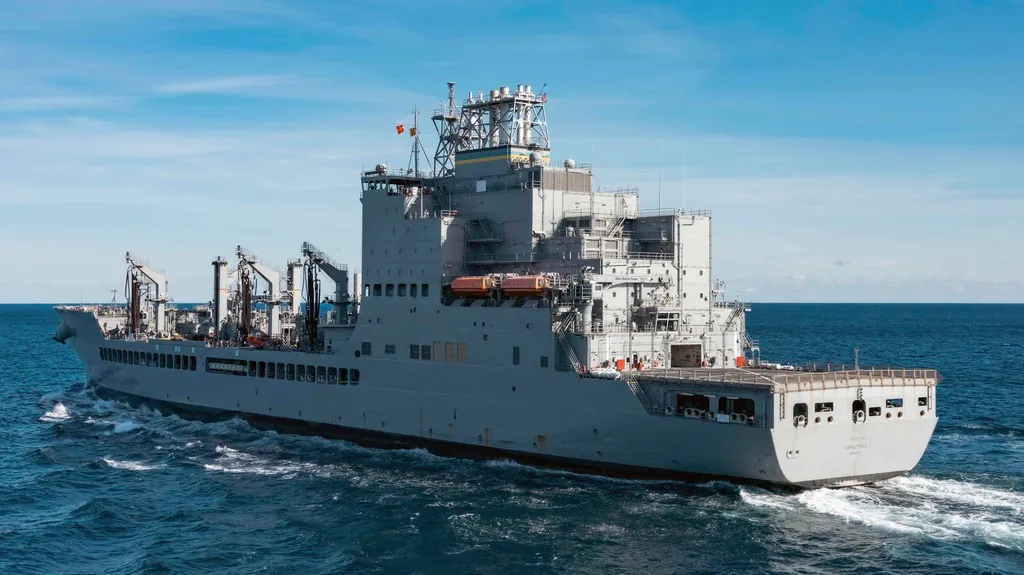November 13, 2015
Federal Standards Keep Young Pilots from Manning Drones
Dave Kolpack READ TIME: 3 MIN.
Megan Halek could be the best unmanned aircraft pilot coming out of the University of North Dakota's highly regarded aviation program this year: She's aced a training program and has enough air experience to fly private jets worldwide.
That won't be enough to land her dream job, flying the Predator drone for the U.S. Customs and Border Protection.
Though she would enthusiastically take on a job that currently falls to federal pilots who'd mostly rather be up in the air, she's more than 1,300 hours short of the federal agency's required actual flight time and doesn't have the proper flying certificate.
"The CBP has their standards, and rightly so. They're looking for qualified people," said UND aviation professor John Bridewell, who is Halek's faculty adviser. "But at some point you have to question if there's a tradeoff between someone who simply has hours and this particular certificate versus someone who has capabilities and wants to be there."
Officials said they are looking at changing their hiring practices - especially since the majority of its pilot workforce is made up of baby-boomer federal agents that must retire at 57- but could not discuss specifics. Other agencies that fly drones, like some branches of the military, have less strict guidelines. Loosening the rules also could give students a stable, well-paying job out of college, rather than flying with regional airlines.
Updating hiring practices is a debate worth having, given the many job openings on the horizon among its 1,200-strong staff, according to Max Raterman, who directs the CBP's Air and Marine Operations in Grand Forks.
"I would say the agency is aware of the concerns of not being able to hire enough pilots," he said. "It's what to do about it."
Steve Bodin, a civilian pilot who had about 3,500 flying hours when he was hired with CBP in 2009, said he'd rather be flying a plane than operating a drone.
"You're going out and getting somewhere," the 32-year-old said. "The unmanned is cutting-edge stuff and we're at the front line of it so this is interesting. But it's not flying."
The Predator drone - a $13 million piece of equipment - is the most difficult plane, manned or unmanned, that Bodin said he has to land. It's harder to feel connected to a drone, he said.
"When you are flying a real airplane you can feel that kinetic sense, you have a peripheral view. You can sense the ground coming up, stuff like that," he said. "With the unmanned, there's no sound, there's no feeling, there's no rumbling or anything in there.
"It's all what you perceive out of a video monitor. It's a 2D plane and it's all pretty much reactive."
Halek decided from the first day of college that she wanted to major in unmanned aircraft.
"I am a pilot. I love being in the sky," said the 22-year-old who's set to graduate next month. "But this is something new and a platform I had my eye on since day one. I want to be in a program that is up and coming."
Raterman acknowledged that many college pilots have the technological savvy and the interest in flying unmanned aircraft.
"I think that will be helpful, but is that enough?" he asked. "As an emerging technology and platform, I do think it's going to sort itself out. I think we're all going to look back one day and say we were there back in the day when we were deciding this (hiring) model."


